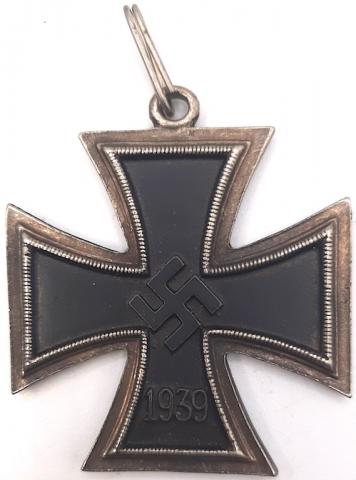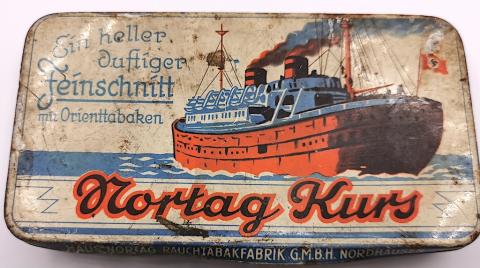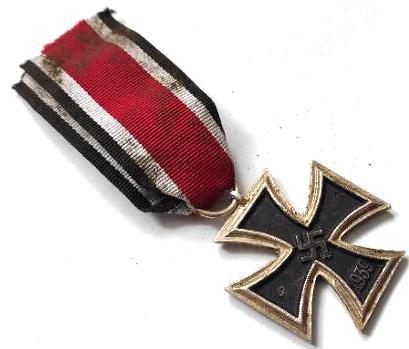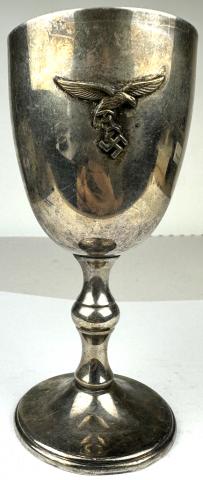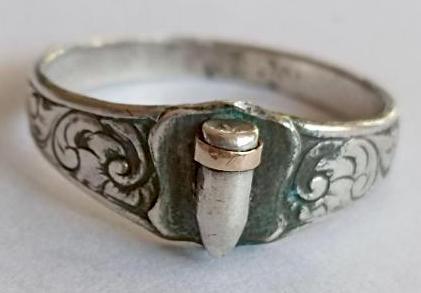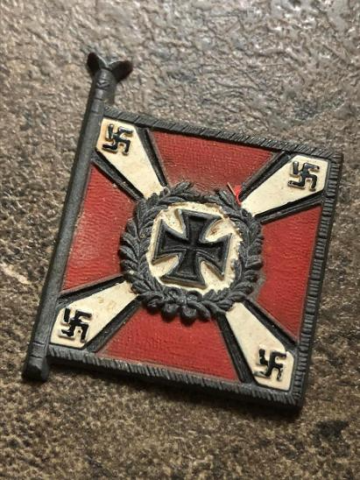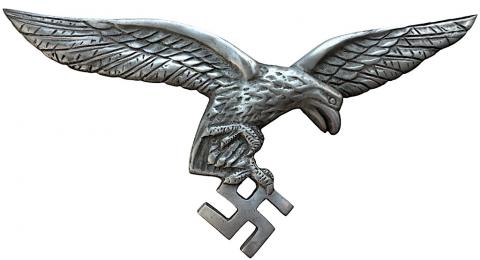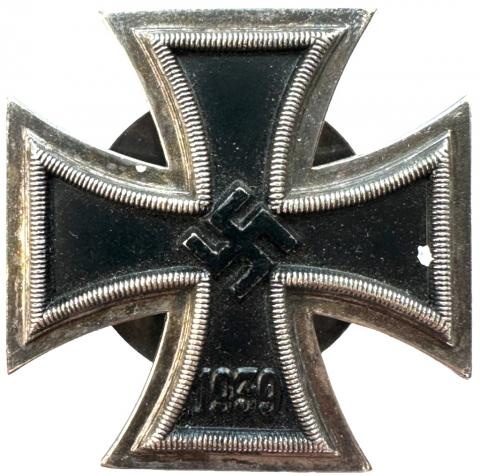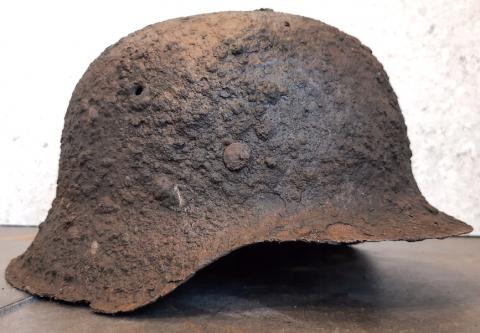WW2 german Nazi RARE Hermann Goering cigar box General-Feldmarshall from the CARINHALL ESTATE
The typical wood cigar box with Göring's rank of 'General-Feldmarshall' impressed to the lid, along with an outline of a batton. The box has decorated paper finishings top and bottom with alternating battons and laurel leaves. To one side is the paper tax paid stamp with impressed Reichs eagle. The interior to the box (now empty of contents), has a fine printed artwork of Göring. The cigars sold through the well known Berlin distributors of Otto Boenicke.
this cigar box is part of the Carinhall house keeper family's estate.
So that box was in Carinhall, Goring's house. Very good chance that he smoked the contain of that box himself as he was a huge cigars, smoker...
amazing piece of history !!
